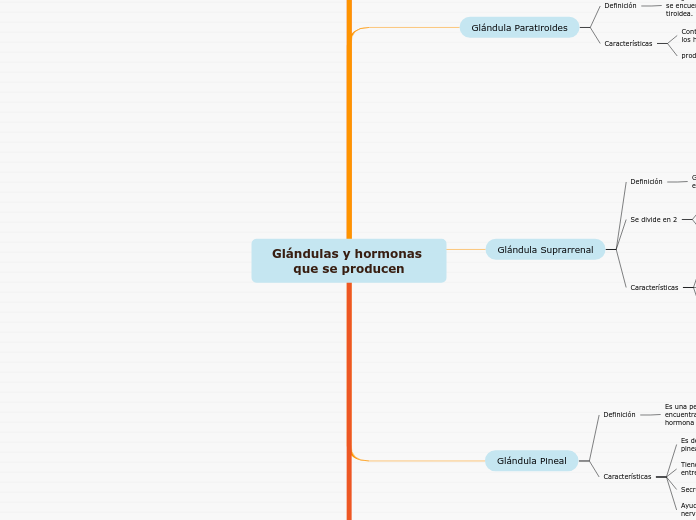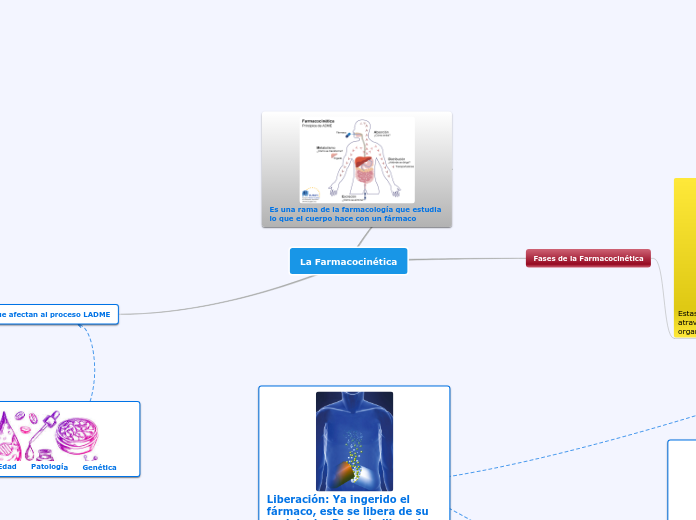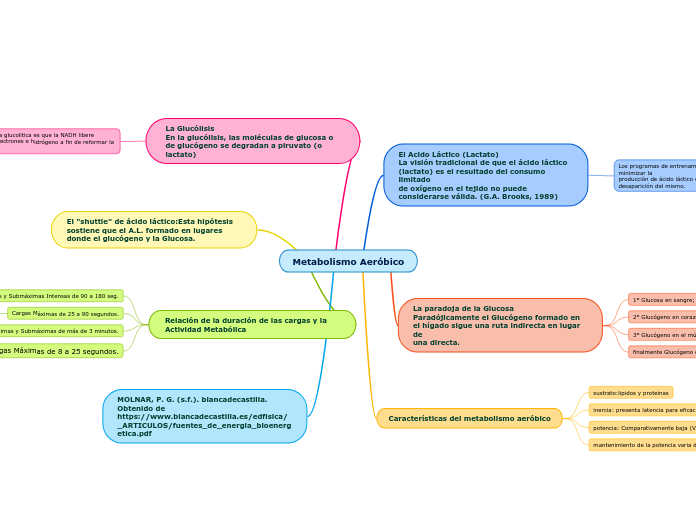Glándulas y hormonas que se producen
To name your story, you have to think about the overall message and what you want your audience to understand from the story. Also, make it relevant and easy to remember.
Testículos
The ending of a story is essential. We all know that if the ending is weak, what happened before loses its importance. So make it unpredictable, but fair. A resolved ending answers all the questions and ties up any loose threads from the plot.
This is the closure section of the story.
See examples of possible outcomes below:
- all problems have been solved
- it's clear how each one of your characters ends up
- your main character is transformed by the challenge
Producen esperma
El esperma tarda varios meses en madurar lo suficiente como para poder funcionar adecuadamente después de la eyaculación.
Producen testosterona
Try answering these questions to come up with a closure:
- Have all the problems been solved?
- Is there a clear picture of what happens with each character in the story?
- Has the challenge transformed your main character?
- How do the characters feel in the end?
Consiste en una hormona esteroide responsable principalmente de la diferenciación sexual del hombre
Características sexuales
Vello corporal y facial, el tamaño del pene, una voz mucho más profunda y músculos y el propio tamaño del cuerpo agrandados
This is the moment when the main character surpasses the last obstacle and finally faces their greatest challenge.
The climax usually follows one of these patterns:
- realization
- resolution
- choice
Type in your answer.
Glándula sexual masculina de forma redondeada que produce los espermatozoides.
Ovarios
The middle of the story is where you add layers of complications that will lead to the end. Reveal more about the character's journey. Did their personality go through changes? How did they overcome the challenges? And as you build up the story’s central conflict, make it more personal to that character. Also, from the middle act, you have to lead into the final act.
Están fijados a ambos lados del útero por los ligamentos uteroováricos y a la pared pelviana por los infundíbulos pelvianos
Es de color blanco grisáceo
Estructuras pares con forma de almendra de 1x2x3 cm en la mujer y un peso de 6 a 7 gramos
Son las gónodas femeninas productoras y secretoras de hormonas sexuales y óvulos
There wouldn't be any tension and excitement in your story if there weren't any obstacles in your character's way.
Caracteres sexuales secundarios y de la regulación del ciclo menstrual
Producen las hormonas femeninas (estrógenos y progesterona)
Producción de células reproductoras femeninas (ovocitos u óvulos)
A story is nothing more than a character overcoming a series of difficulties to reach the desired goal. Obstacles usually create suspense and conflict. In overcoming obstacles, there is growth: weak becomes strong; hatred turns into love; sadness into happiness; wrong into right; lies into truth; or evil becomes good.
See a few examples below:
- stopping a meteor
- finding a killer
- finding love
Your character(s) need(s) motivation in order to solve the challenge(s).
Glándula sexual femenina en la que se producen los óvulos y las hormonas sexuales
Why does your character need to confront this challenge? What does he/she expect to accomplish by solving it?
See a few examples:
- will marry in 3 days
- can fix the mistakes of the past
Glándula Pineal
Ayuda al cuerpo a convertir las señales del sistema nervioso en señales para el sistema endocrino
Secreción de melatonina
Causa el sueño y regula ciertas funciones endocrinas
Tiende a solidificarse a una edad bastante temprana, entre los 12 y los 20 años
Es de color gris rojizo y está formada por células pineales y células neurogliales.
Es una pequeña glándula endócrina que se encuentra en el cerebro y produce melatonina, hormona que regula los biorritmos del organismo
Glándula Suprarrenal
Se encarga de producir hormonas que ayudan a regular el metabolismo, el sistema inmunitario
Son pequeños órganos endocrinos con forma triangular ubicados en la parte superior de ambos riñones.
Ayuda a controlar los latidos del corazón, la presión arterial y otras funciones importantes del cuerpo.
Se divide en 2
Médula suprarrenal
Secreta catecolaminas ( adrenalina, noradrenalina y dopamina)
Corteza suprarrenal
Secreta mineralcorticoides, glucocorticoides y andrógenos.
Glándula pequeña que produce hormonas esteroideas, epinefrina y norepinefrina.
Glándula Paratiroides
Each story has a main character and that character usually needs to solve a problem or challenge. The character's challenge is the one that creates tension throughout the story.
Type in any other challenges which other characters in the story need to face.
produce una hormona llamada Parathormona (PTH)
Controla el calcio en nuestros cuerpos, sobre todo en los huesos y en la sangre
In most stories, there are 3 challenges. The number 3 is a mystical number symbolizing completeness. Try to come up with interesting challenges with which your character needs to struggle.
See a few examples below:
- turns into a werewolf at night
- is sent back in time
Son glándulas pequeñas del sistema endocrino que se encuentran en el cuello detrás de la glándula tiroidea.
Glándula Tiroidea
Características
Desempeñan el crecimiento de los niños
Hace que el cerebro, corazón, músculos y otros organismos funcionen bien
Hiperactividad (hipertiroidismo).
Imposibilidad de producir o liberar suficientes hormonas tiroideas (hipotiroidismo).
Produce hormonas tiroideas T3 y T4 que regulan el metabolismo de todas las células del cuerpo.
Consta de dos lóbulos adosados a los lados de la tráquea y unidos entre si por una zona central llamada istmo.
Hipófisis
Enfermedades
Patología vascular
Hemorragias
Inflamaciones
Tuberculosis
Hipofisitis
Quistes
Tumores
Craneofaríngiomas
Adenomas
Prolactina
Necesaria para la lactancia e influye en la función sexual
ACTH u hormona reguladora de la corteza suprarrenal
Mantenimiento del equilibrio metabólico
LH y FSH u hormona reguladora de la gónoda
Funcionamiento correcto de os ovarios en las mujeres y testículos en los varones
TSH u hormona estimulante del tiroides
Regulación de la glándula tiroides
GH u hormona de crecimiento
Crecimiento lineal durante la infancia, adolescencia. Mantenimiento de la salud
Glándula “reina” de nuestro organismo, produce múltiples hormonas
Hipotálamo
In the beginning of the story (or the exposition), you will need to introduce the setting and characters. You might also want to introduce the main conflict. This part of the story is important because it gives the reader necessary background information and maybe even a first insight into a character’s personality.
Función
The setting (time & place) of a story can change throughout the plot.
Regulación del hambre y la sed
Impulsos sexuales
Sensory details include sight, sound, touch, smell, and taste. These details are important because they create depth in your setting.
See a few examples below:
- the smell of fresh bread
- the scent of freshly cut grass
- rain falling onto the windshield etc.
Regulación del sueño
The weather is an important element in your story because it can highly influence the ambiance and the mood of the characters.
temperatura corporal
The time of the story can also change. It can describe the event of a single day or can include an entire year's plot. Anyway, don't forget to mention it.
regulación de los estados de ánimo
Your story can take place wherever your imagination will take you to.
For example: in an elevator, in an enchanted forest, etc. Don't forget to give details of the environment each time the setting changes, otherwise, the story can be confusing. Also, mention the seasons as each of them has unique weather and events.
Definición
Characters are essential to a good story. Usually, the protagonist(s) is/are the most affected by the plot. Introduce a character by focusing on their actions, interests, and occupation, as the physical appearance doesn't make a difference in most cases.
Es una estructura cerebral llamada diencéfalo
Type in the name of your character.










